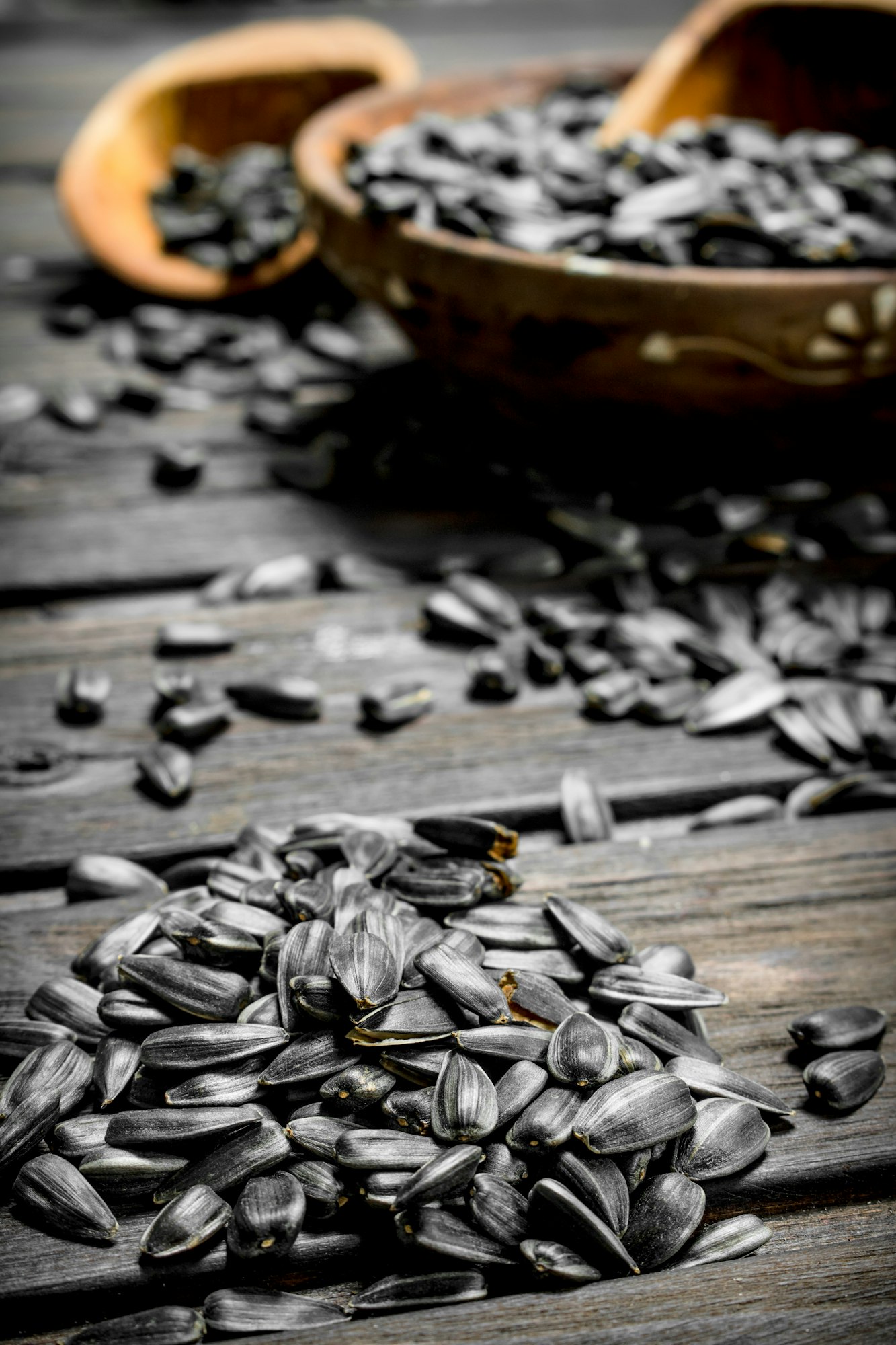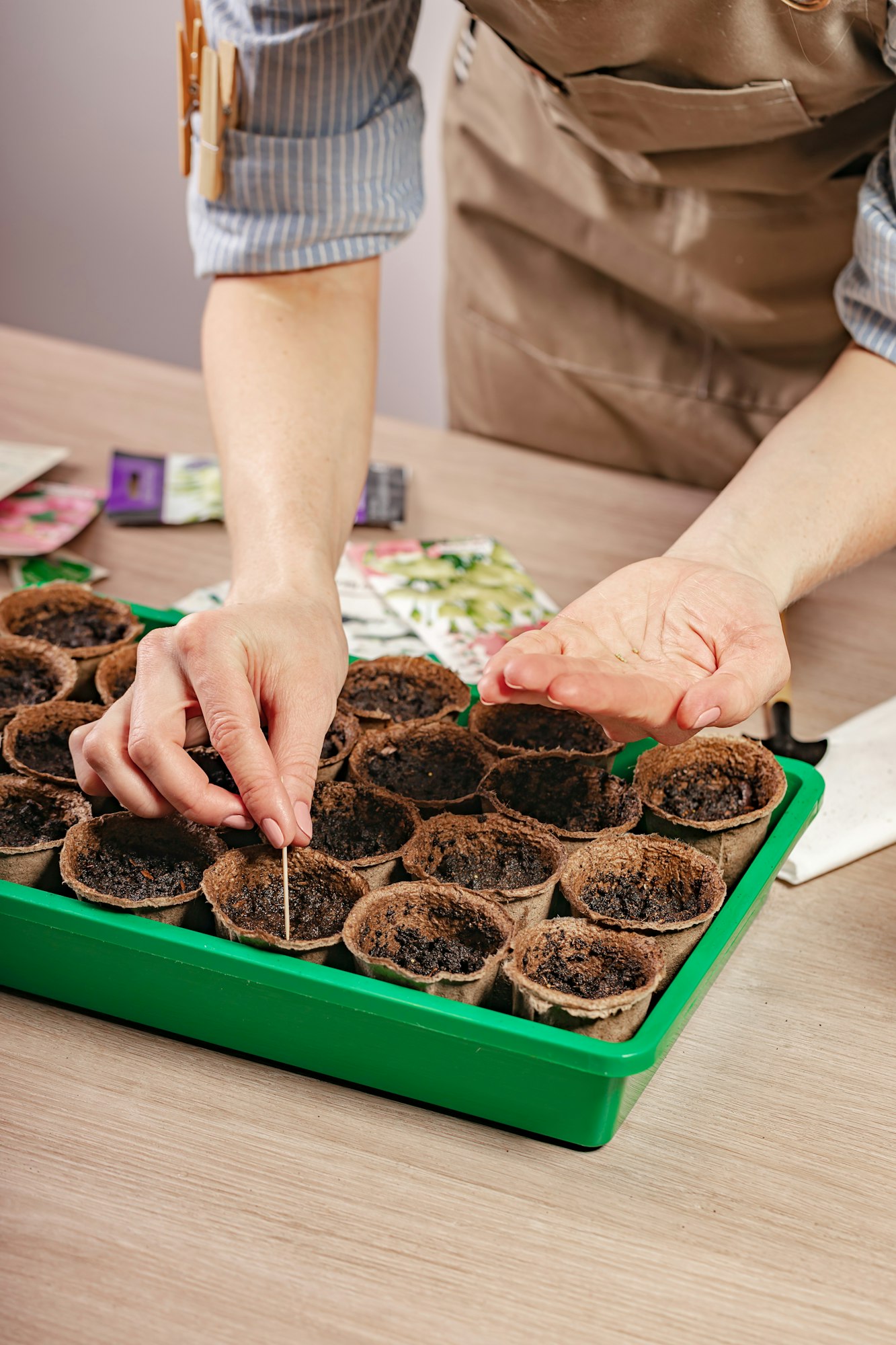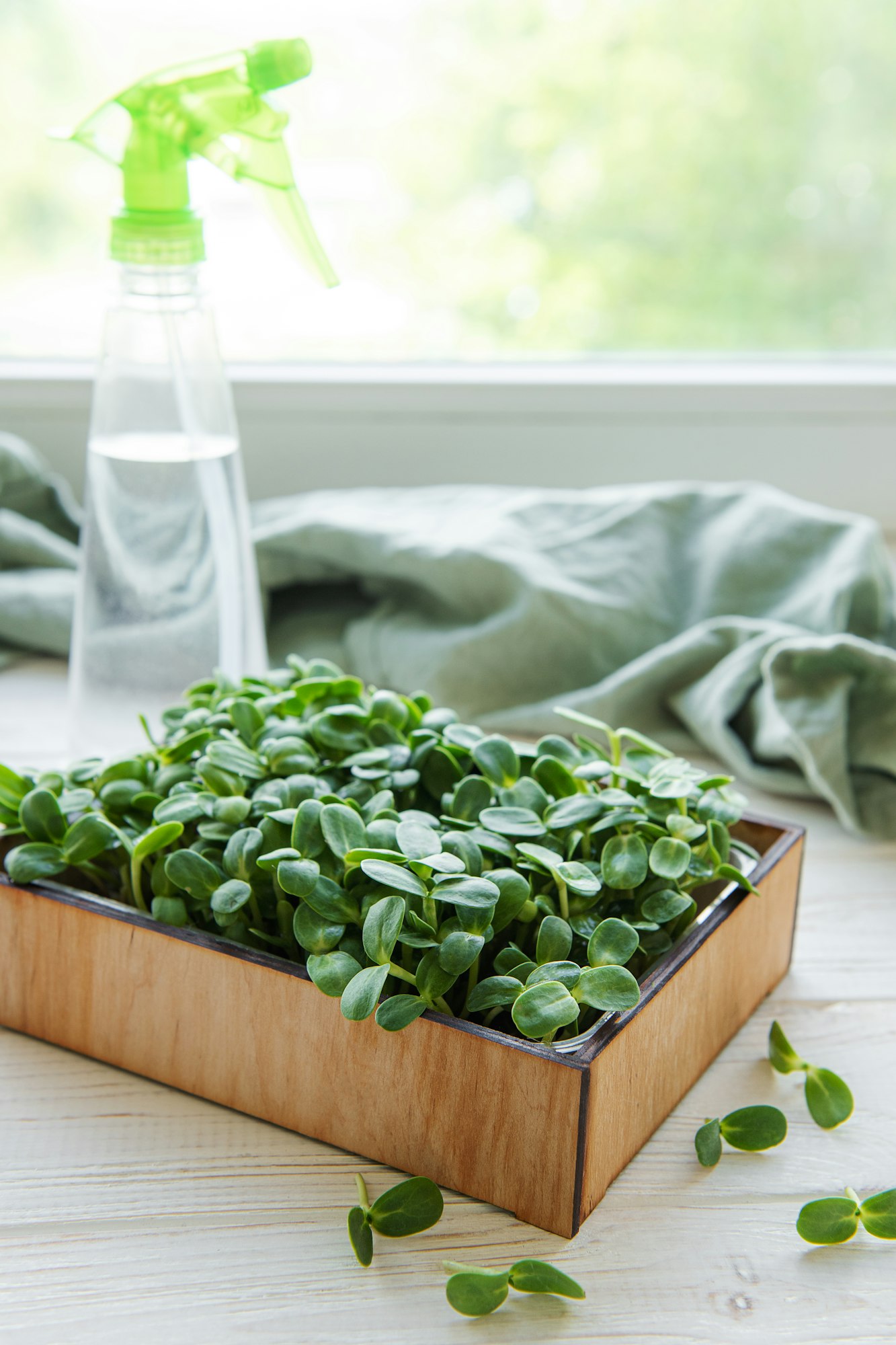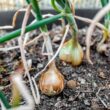In This Article Show
Sunflowers, known scientifically as Helianthus annuus, are not only a delight to behold but also bring a range of benefits, from attracting pollinators like bees and birds to your garden to producing seeds that offer health benefits. Whether you have a vast backyard or a small balcony, this guide will walk you through five straightforward steps to plant, care for, and enjoy these stunning flowers. By the end of this post, you’ll be equipped to grow towering, vibrant sunflowers that can brighten up any outdoor area and perhaps even become a standout feature of your garden. Let’s get started on this exciting gardening adventure!
Step 1: Choosing the Right Sunflower Seeds

Selecting the right variety of sunflower seeds is the first critical step in your gardening journey. Sunflowers come in an array of types, each with unique characteristics and benefits. Popular varieties include the ‘Giant’ sunflower, which can grow over 10 feet tall and produce large, seed-filled heads, ideal for those looking to harvest sunflower seeds.
On the other hand, the ‘Dwarf’ varieties, such as ‘Sunny Bunch’ or ‘Teddy Bear,’ are perfect for smaller spaces or containers, as they generally stay under 3 feet tall.
When buying sunflower seeds, ensure you source them from reputable garden centers or online stores known for their quality. Look for organic seeds if you prefer a pesticide-free garden, and always check the packaging for the seed’s viability date to ensure freshness.
Factors to Consider When Choosing Your Seeds
- Size: Decide if you want a taller variety for a dramatic garden display or a smaller type for a compact area.
- Color: Sunflowers aren’t just yellow; they come in shades of red, orange, and even multi-colored patterns. Choose a color that will complement your garden’s theme.
- Seed production: If you’re interested in harvesting seeds, look for varieties known for their large heads and abundant seed production. Varieties like ‘Russian Mammoth’ are ideal for seed harvesting.
Step 2: Planting Your Seeds

Planting sunflower seeds at the right time and in the proper conditions is essential for optimal growth. Here’s how to get your sunflowers off to a great start:
Best Time of the Year to Plant Sunflower Seeds
Sunflowers thrive in warm conditions, so the best time to plant them is after the last frost of spring. This typically falls between late March and May, depending on your local climate. Sunflowers are quite hardy once established, but their seeds are sensitive to cold soil, which can hinder germination.
Get Gardening For Beginners
Our new EBOOK shows newcomers and green thumbs alike a step by step guide to growing the garden of their dreams.
Soil Preparation
Sunflowers aren’t particularly fussy about soil types, but they do best in well-draining, nutrient-rich soil. To prepare your garden:
- Start by loosening the soil to a depth of about 2 feet to accommodate the long taproots that sunflowers develop.
- Mix in a couple of inches of compost or well-rotted manure to enrich the soil and improve drainage.
- Ensure the pH of the soil is between 6.0 and 7.5. You can test the pH with a simple soil test kit available at most garden centers.
Sowing Techniques
Proper sowing is crucial for the health and stability of your sunflowers:
- Plant the seeds about 1 inch deep and about 6 inches apart. This spacing helps to avoid overcrowding while providing ample room for growth.
- For larger varieties, consider spacing them about 12 to 18 inches apart. This will ensure each plant has enough space to mature fully.
- Water the soil gently after planting to settle the seeds. Keep the soil moist, but not waterlogged, until germination occurs, which is usually within 7 to 10 days.
Step 3: Caring for Your Sunflowers

Proper care is essential to ensure your sunflowers grow tall and healthy. Here’s what you need to know about watering, fertilizing, and ensuring they get enough sunlight:
Watering
Sunflowers require consistent moisture to thrive, especially when they are young and when the weather is hot. Here are some guidelines:
- Water deeply once a week, providing enough water to soak the roots thoroughly. This encourages deep-root growth.
- Avoid frequent shallow watering, which can promote weak root systems.
- Once sunflowers are established, they can tolerate some drought, but they’ll perform best with regular watering, especially as their large heads begin to develop and during flowering.
Fertilizing
While sunflowers aren’t heavy feeders, the right fertilization can help promote vigorous growth and larger blooms:
- Use a balanced fertilizer, such as a 10-10-10 or 20-20-20, which provides an equal ratio of nitrogen, phosphorus, and potassium.
- Apply fertilizer lightly at planting and again when the plants are about 2 feet tall. This second application helps promote strong stem growth, which is necessary to support the large flower heads.
- Avoid over-fertilizing, especially with nitrogen-heavy products, as this can cause the plants to grow too rapidly, making them prone to falling over.
Sunlight and Positioning
Sunflowers live up to their name by needing lots of sunlight
- Plant your sunflowers in a location where they will receive a minimum of 6 to 8 hours of direct sunlight daily. The more sunlight they get, the better they will grow.
- Choose an open area not shaded by other larger plants or structures. Sunflowers grow best when they are not overshadowed.
- Consider the mature height of your sunflowers when positioning them. Taller varieties should be planted on the north side of your garden to avoid casting shadows on other plants.
Step 4: Monitoring Growth and Dealing with Pests

Keeping an eye on your sunflowers as they grow and managing pests and diseases is crucial to maintaining healthy plants. Here’s how to effectively monitor their growth and deal with potential issues:
Get Gardening For Beginners
Our new EBOOK shows newcomers and green thumbs alike a step by step guide to growing the garden of their dreams.
Monitoring Growth
- Check Growth Stages: Regularly observe your sunflowers’ development from seedlings to mature plants. Make sure they’re progressing normally, with strong stems and vibrant, broad leaves. Slow growth or discoloration can indicate issues with nutrients or water.
- Measure Sunflower Height: For varieties known for their height, measuring periodically can help ensure they are growing at the expected rate.
- Inspect Leaves and Stems: Look for signs of stress, such as yellowing leaves (which can indicate too much water or a nutrient deficiency) or wilting (which can indicate too little water or disease).
Dealing with Pests and Diseases
Sunflowers are relatively hardy but can be affected by pests and diseases. Common issues include:
Pests
- Sunflower Beetles: Small yellow and black beetles that chew leaves and can cause significant damage. Hand-picking and using floating row covers can help prevent these beetles.
- Aphids: These small pests suck sap from the leaves, causing them to curl and weaken the plant. Spraying with water or applying neem oil can effectively control aphids.
- Birds: Birds love sunflower seeds. To protect the heads as they develop, you can use netting to cover the plants.
Diseases
- Powdery Mildew: Appears as a white powder on leaves. It thrives in dry conditions with high humidity. Improve air circulation around your plants and consider using a fungicide if necessary.
- Sclerotinia Head Rot: This fungal disease causes the head of the sunflower to rot. Ensure proper spacing and avoid overhead watering to reduce the risk.
- Verticillium Wilt: Causes leaves to turn yellow and plants to wilt. It’s important to rotate crops and avoid planting sunflowers in the same soil where disease has previously occurred.
Preventive Measures
- Regular Inspections: The best defense is to check your plants frequently for any signs of distress or unusual activity.
- Proper Spacing and Hygiene: Give plants enough space for air to circulate, which helps prevent many fungal diseases. Remove any debris or dead plants quickly to avoid attracting pests or harboring disease.
- Use of Resistant Varieties: When available, choose disease-resistant varieties to minimize issues.
By closely monitoring your sunflowers and addressing pests and diseases promptly, you can enjoy healthy growth and beautiful blooms throughout the season.
Step 5: Harvesting and Enjoying Your Sunflowers

Harvesting your sunflowers at the right time maximizes their decorative and culinary uses and prepares you for planting next season. Here’s how to harvest sunflowers and enjoy their bounty:
When and How to Harvest Sunflower
Flowers for Decoration
Harvest sunflowers early in the morning when their petals have just fully opened but before they start to seed. Cut the stems at an angle about one foot below the flower head for optimal vase life.
Seeds for Consumption
Wait until the flowers’ heads are drooping and the back of the heads turn from green to a yellow-brown color. The seeds should be plump and fully developed, with hard shells. To harvest, cut the head with several inches of stem attached and hang it upside down in a dry, ventilated place to fully dry out.
Drying Process
Cover the heads with a paper bag or cheesecloth to protect them from birds and allow them to dry out naturally. This can take several weeks depending on humidity.
Ideas for Using Harvested Sunflowers
- Decorative Uses: Fresh or dried, sunflower heads can be used to brighten up any room or can be added to bouquets and arrangements for a rustic touch.
- Culinary Uses: Sunflower seeds can be roasted and salted, or used in granola, salads, or as a tasty snack. Sunflower oil can also be extracted from the seeds for cooking.
- Crafts: The dried heads and seeds can be used in various crafts, including wreaths and bird feeders.
Tips for Saving Seeds for Next Season
- Select the Best Specimens: Choose seeds from the healthiest, most vigorous plants for next year’s planting. This helps improve the genetic quality of your future plants.
- Proper Storage: After the seeds have fully dried, store them in a cool, dry place. Use paper envelopes or cloth bags for storage as they allow the seeds to breathe, reducing the risk of mold or spoilage.
- Labeling: Clearly label your stored seeds with the variety and date of harvest to keep track of their viability and to plan your next planting season effectively.
Harvesting and using your sunflowers can be incredibly rewarding, offering both aesthetic and practical benefits. With proper timing and techniques, you can maximize your enjoyment of these magnificent blooms and prepare for a successful planting next year.










